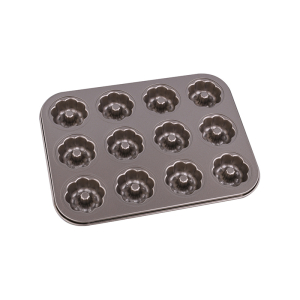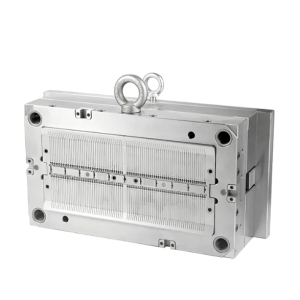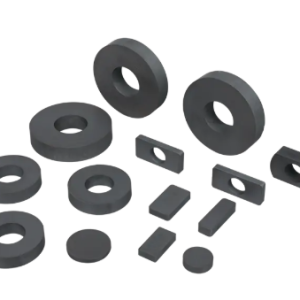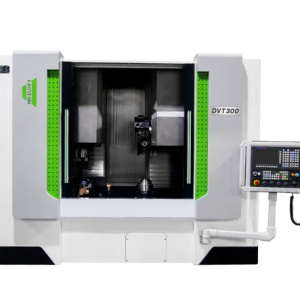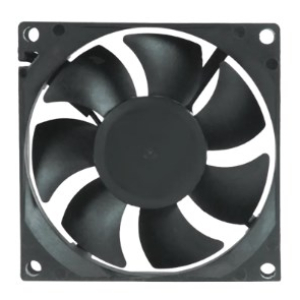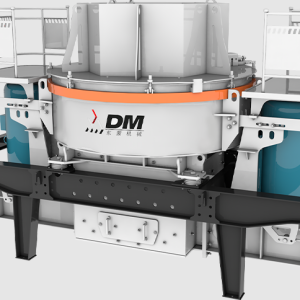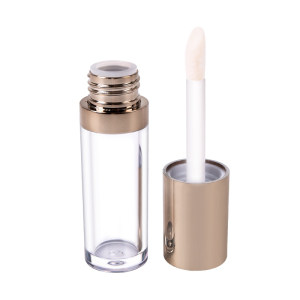When choosing the right cryovial tube rack, there are several factors to consider. Here are some key points to help you make an informed decision:
1.Material: Cryovial tube racks are commonly made from materials such as plastic or metal. Plastic racks are lightweight, resistant to corrosion, and may come with features like autoclavability. Metal racks, on the other hand, offer better durability and stability.
2.Tube Capacity: Consider the number of cryovial tubes you typically work with. Cryovial tube racks come in various sizes and can hold different numbers of tubes, ranging from a few to hundreds. Choose a rack that suits your specific needs and volume requirements.
3.Tube Size Compatibility: Ensure that the cryovial tube rack you choose is compatible with the size of your cryovial tubes. Cryovial tubes are available in different dimensions (e.g., 0.5 ml, 1.5 ml, 2 ml), so make sure the rack has the appropriate well size to securely hold your tubes.
4.Versatility: Determine if you need a rack that can accommodate different types of tubes, such as cryovials, microcentrifuge tubes, or PCR tubes. Some racks have adjustable wells or adapters that allow for flexibility in holding various tube sizes.
5.Organization and Labeling: Consider the organization and labeling features of the rack. Look for racks with alphanumeric grids or colored coding systems that help you identify and locate tubes easily. Clear labeling options on the rack itself can be particularly useful.
6.Stability and Security: Stability is crucial to prevent accidental spills or damage to the samples. Ensure that the rack is sturdy and provides a secure hold for the tubes, minimizing the risk of tipping or dislodging during handling, transport, or storage.
7.Temperature Resistance: Cryovial tube racks may need to withstand extreme temperatures, particularly for long-term storage in cryogenic conditions. Check the temperature range that the rack can endure, ensuring it suits your specific requirements.
8.Compatibility with Lab Equipment: If you plan to use the rack in conjunction with other lab equipment, such as centrifuges or automated systems, verify its compatibility. Certain racks are designed to fit specific equipment or can be customized for integration.
9.Cleaning and Maintenance: Consider the ease of cleaning and maintaining the rack. Some racks are dishwasher-safe, autoclavable, or resistant to chemicals, simplifying the cleaning process and ensuring the longevity of the rack.
10.Cost: Lastly, consider your budget and the cost-effectiveness of the rack. Compare prices, features, and durability to make a well-informed decision that aligns with your lab's requirements.
1.Material: Cryovial tube racks are commonly made from materials such as plastic or metal. Plastic racks are lightweight, resistant to corrosion, and may come with features like autoclavability. Metal racks, on the other hand, offer better durability and stability.
2.Tube Capacity: Consider the number of cryovial tubes you typically work with. Cryovial tube racks come in various sizes and can hold different numbers of tubes, ranging from a few to hundreds. Choose a rack that suits your specific needs and volume requirements.
3.Tube Size Compatibility: Ensure that the cryovial tube rack you choose is compatible with the size of your cryovial tubes. Cryovial tubes are available in different dimensions (e.g., 0.5 ml, 1.5 ml, 2 ml), so make sure the rack has the appropriate well size to securely hold your tubes.
4.Versatility: Determine if you need a rack that can accommodate different types of tubes, such as cryovials, microcentrifuge tubes, or PCR tubes. Some racks have adjustable wells or adapters that allow for flexibility in holding various tube sizes.
5.Organization and Labeling: Consider the organization and labeling features of the rack. Look for racks with alphanumeric grids or colored coding systems that help you identify and locate tubes easily. Clear labeling options on the rack itself can be particularly useful.
6.Stability and Security: Stability is crucial to prevent accidental spills or damage to the samples. Ensure that the rack is sturdy and provides a secure hold for the tubes, minimizing the risk of tipping or dislodging during handling, transport, or storage.
7.Temperature Resistance: Cryovial tube racks may need to withstand extreme temperatures, particularly for long-term storage in cryogenic conditions. Check the temperature range that the rack can endure, ensuring it suits your specific requirements.
8.Compatibility with Lab Equipment: If you plan to use the rack in conjunction with other lab equipment, such as centrifuges or automated systems, verify its compatibility. Certain racks are designed to fit specific equipment or can be customized for integration.
9.Cleaning and Maintenance: Consider the ease of cleaning and maintaining the rack. Some racks are dishwasher-safe, autoclavable, or resistant to chemicals, simplifying the cleaning process and ensuring the longevity of the rack.
10.Cost: Lastly, consider your budget and the cost-effectiveness of the rack. Compare prices, features, and durability to make a well-informed decision that aligns with your lab's requirements.

